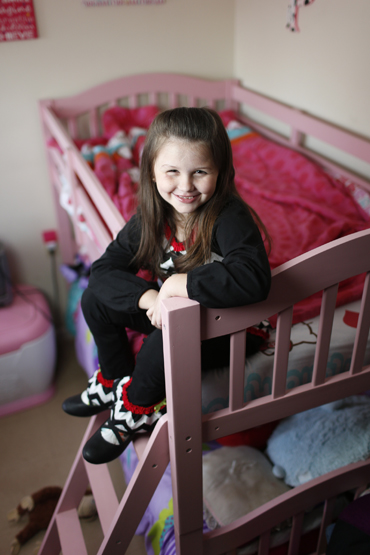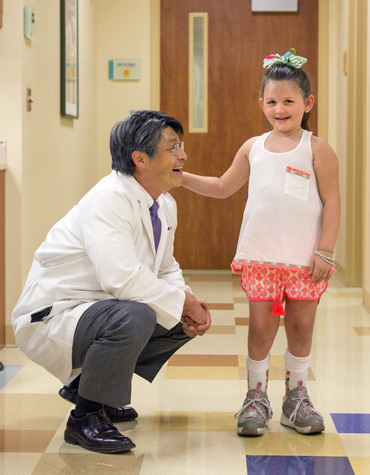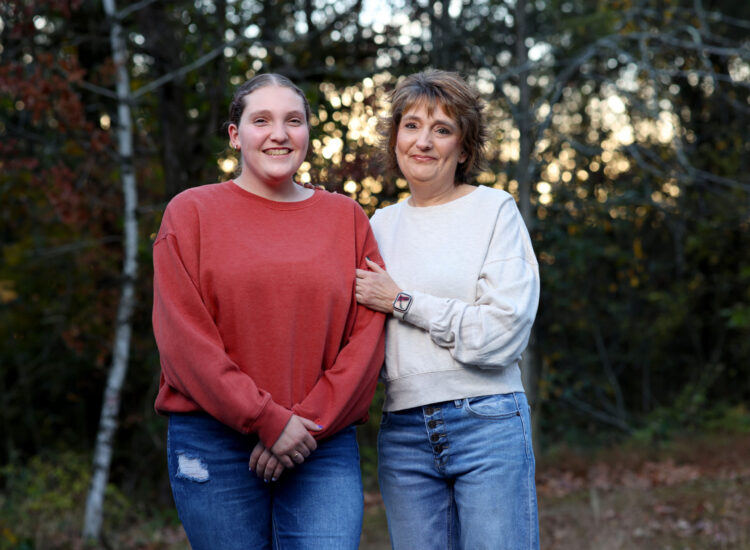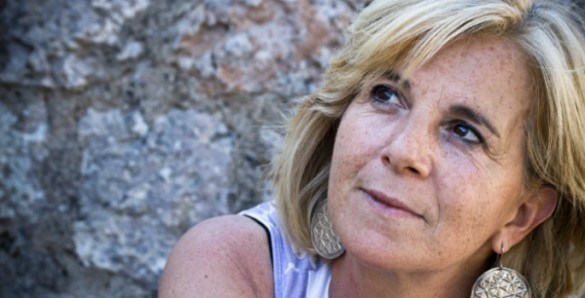When Kendra Kaufman walked into to a recent follow-up appointment with surgeon Dai Chung, M.D., the only help she needed to steady her steps came from ankle-foot-orthotics.

About a year ago, doctors were unsure if the 7-year-old would be able to walk again after a devastating car accident nearly took her life. During a heavy rainstorm in Paducah, Kentucky, the vehicle Kendra, then 6, was riding in skidded off the road and went over a 15-foot embankment before plunging in a creek. She sustained severe traumatic injuries to her abdomen, where the lap belt portion of her seat belt had torn the abdominal wall and crushed her internal organs against her spine.
Brenda Kaufman, Kendra’s grandmother, who had broken wrists and dislocated elbows, managed to hold her above the gushing water until help could arrive. The two had been on their way to the home of Kira Kaufman, Kendra’s mother.
Kendra and her grandmother were rushed to local hospitals in Kentucky. But with Kendra’s injuries so severe she had to be brought by jet to Monroe Carell Jr. Children’s Hospital at Vanderbilt.
The pediatric trauma team at Children’s Hospital was ready for Kendra’s arrival and quickly rushed her to the operating room within minutes.
“I didn’t know what was going to happen to Kendra,” said Kira Kaufman. “I knew she had a big gash, and some internal injuries, but they didn’t know exactly what the injuries were yet.”
Pediatric surgeons are often a key component in many trauma cases at Children’s Hospital, being called on as part of a larger team when emergency surgery needs to be performed after a devastating event.
In the operating room, surgeons found that with the force of the impact from the crash, Kendra’s seat belt, while performing its function, had crushed her internal organs in the abdomen. The lap belt had compressed the organs against the backbone, said Chung, chair of the Department of Pediatric Surgery and the interim director of pediatric trauma at Children’s Hospital.
“Kendra came to us in very serious condition. The seat belt tore through the abdominal wall. We knew she didn’t have normal lower extremity neurological function, and a lap belt injury can result in permanent paraplegia,” said Chung, professor of Pediatric Surgery, Pediatrics and Cancer Biology. “These injuries often are very devastating and life-threatening. Even after surviving beyond acute injuries, they can lead to lifelong morbidities.”
Chung said the surgical team controlled Kendra’s massive internal hemorrhage and repaired her abdominal wall muscle tears and intestinal injuries. After surgery, she went to the Intensive Care Unit for eight days. She was on a ventilator.
Kendra’s prognosis was uncertain. She was alive, but doctors weren’t sure she would walk again because of fractures to the vertebrae, with potential permanent spinal cord injury.
But three days post-surgery, the unexpected happened. Kendra moved her legs.
“I was in shock,” her mother said.
Kendra’s recovery was just beginning, however. The road would be long and bumpy. She spent another three weeks in the hospital, before being discharged to a rehabilitation facility in Kentucky, closer to home, where she spent a few more weeks.

“She definitely had her ups and downs. She had her good days and bad days,” said Kira Kaufman.
In a year’s time, Kendra went from not being expected to walk, to scooting on her bottom, then to being in a wheelchair, and then to using a walker. Now, she only has the ankle-foot-orthotics to steady her gait, and she probably won’t need those much longer.
As an active grade-schooler, Kendra loves sports and plans to do cheerleading this winter, and to return to one of her favorites — T-ball — in the spring.
Chung says Kendra’s story is one of the great successes that Pediatric Surgery, and Children’s Hospital as a whole, strives to make happen every day.
“She is one of the many pediatric trauma patients we manage here on a day-to-day basis. Some of the complex injuries we deal with are very challenging. Not every hospital is equipped to provide the comprehensive, quality, tertiary care that our hospital can provide,” said Chung.
“That great outcome came in the end for her and her family because of everyone involved not only in pediatric trauma service, but also in the ICU, pediatric orthopaedics, physical/occupational therapists, and the many number of people who were involved in her care.”















